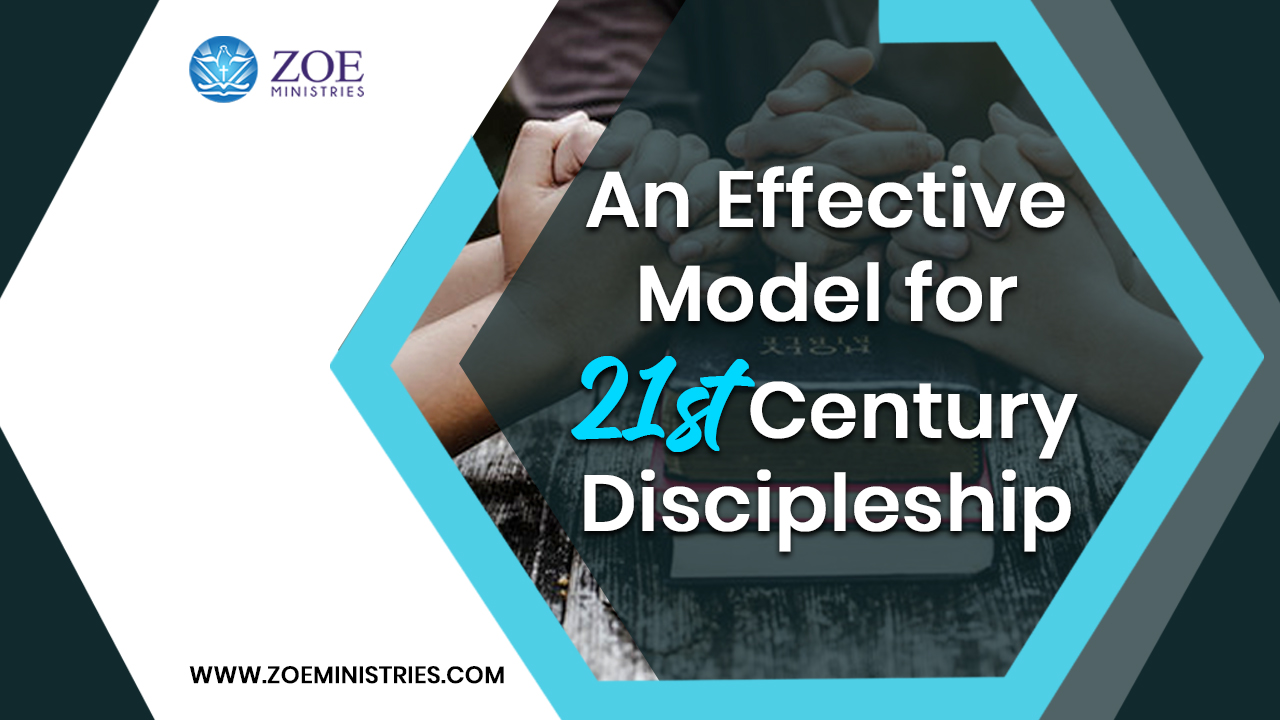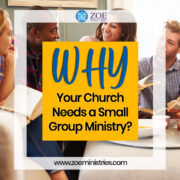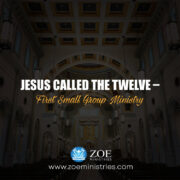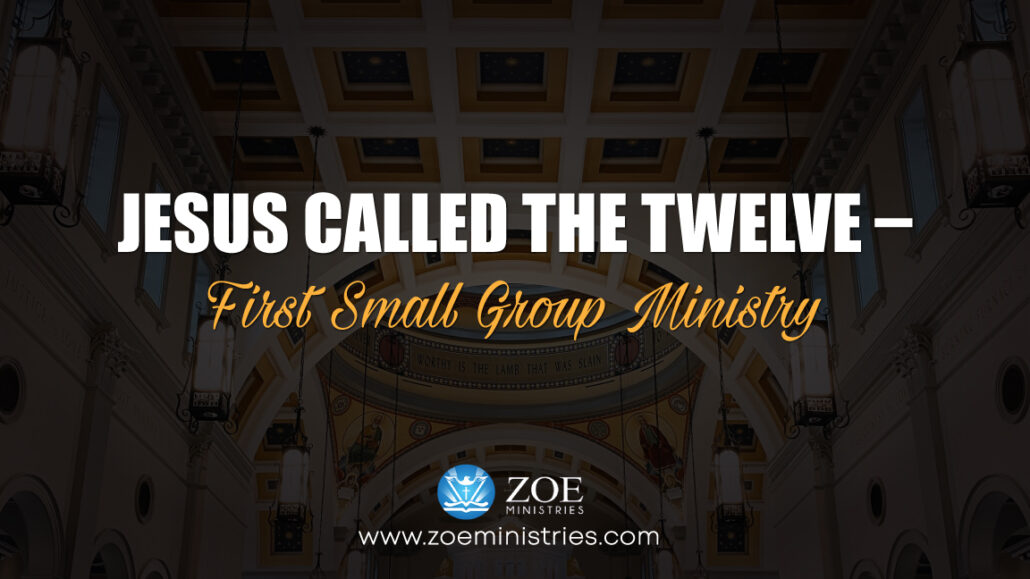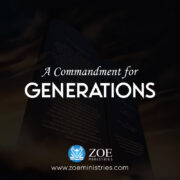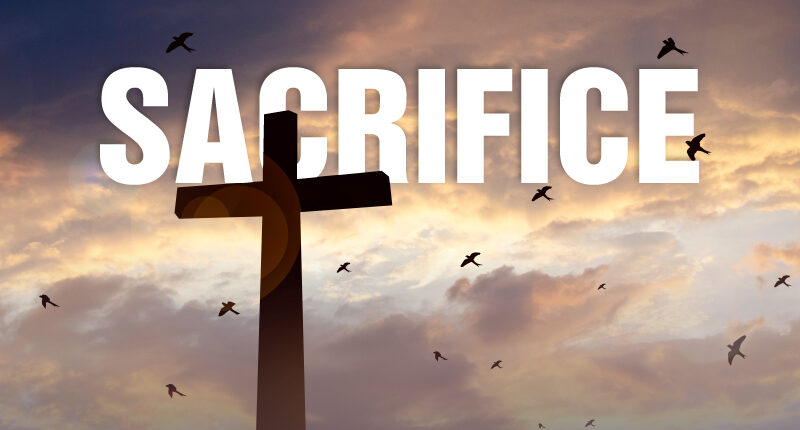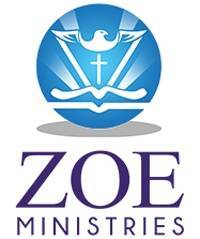D1-6: A Discipleship Model
D1-6: A Discipleship Model
Joel Comiskey, the founding pastor of a cell-based church in Southern California, has the same stand by noting that Jesus wants us to become like him.
He pointed out that the Scripture tells us that we are called to be “conformed to the likeness of his Son” (Romans 8:29).
He discussed the next step in small group ministry by maturing the believers, moving them forward, and helping them depend on Jesus. In Comiskey’s book, Making Disciples in the 21 Century Church, he emphasized how small or cell groups are instrumental in helping God’s people become more like Jesus. He developed a paradigm that is practical in building disciples through small groups. He called this process of discipleship “D1-6.”
D-1
The first step is that of a “D-1 disciple”, a person who participates in a cell group,uses gifts, and takes the equipping class for discipleship. In this step, an individual attends the service to hear God’s Word and worship with other believers. Next, in this process, an individual is baptized. They are taught to obey all the things that Christ has commanded (Matthew 28:18-20). Finally, the essential components in the training process of a “D-1 disciple” include doctrinal teaching and holiness. It also included baptism, evangelism, and preparation to minister to others.
D-2
The next step is that of a “D-2 disciple”, a person who lives out in practice what they learn and serves as part of the leadership team. Moreover, the disciple plays a significant role in the small group. Also prepares to launch and participate in a new group.
D-3
Next is the “D-3 disciple”, a person who is the point leader of a group. In this step, a disciple gathers people together and leads a small group. Also, they have graduated from the training track provided by the church.
D-4
This is followed by a “D-4 disciple”, an already coaching or mentoring someone else. In this stage, a disciple has developed another disciple is also leading their cell group. Comiskey considered a “D-4 disciple” as a multiplication leader.
Moreover, Comiskey’s discipleship paradigm does not stop with a “D-4 disciple”.
D-5
He further notes that some disciples will become staff of the church or the “D-5 disciples.” Also, others will even go and plant new churches, which he calls the “D-6 disciples”.
D-6
This paradigm of discipleship is intended to help a believer through a clearly defined equipping process. In this light, the vision of the small group system is to help members take the next step and level up in their discipleship walk. The practical goal of Comiskey’s small group paradigm is to make mature disciples in taking the next step in ministry and ultimately grow more like Jesus.
Your weekly dose of prophetic wisdom and anointing awaits you. Join our LIVE Conference Call!
1) Call 515-604-9266
2) Go to startmeeting.com, and use the login: BishopJordan







